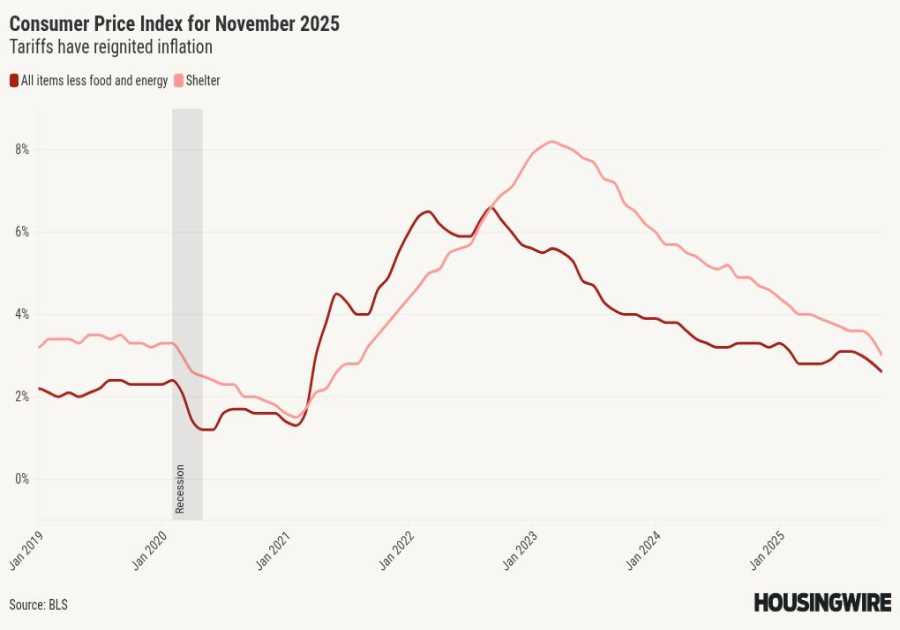In the quest for a greener and more sustainable future, architects and developers are turning away from traditional materials like concrete and steel and looking towards innovative and eco-friendly alternatives.
With a growing concern about the environmental impact of our urban landscapes, the construction industry is undergoing a transformative shift. Timber and bamboo, once relegated to less prominent roles in construction, are now emerging as sustainable heroes, offering a compelling solution to reduce the carbon footprint of our cities.
What are some of the sustainable materials making way for a more promising tomorrow in our urban areas?
The environmental toll of traditional materials
Concrete and steel have long been the go-to materials for building construction. Their durability and strength make them seemingly indispensable, but their production comes at a significant environmental cost. Concrete production, for example, is responsible for 8 percent of global carbon emissions. To put this into perspective, aviation only accounts for 2 percent, making concrete more harmful than flying.
The extraction of raw materials, transportation and the energy-intensive process of cement production collectively contribute to a vast carbon footprint. Similarly, steel manufacturing is also just as energy-intensive and generates significant greenhouse gas emissions.
This unsustainable trajectory has sparked a search for alternatives, ushering in a new era of construction materials. Timber and bamboo, once overshadowed, are now taking center stage.
Timber: Nature’s building block
Timber, or wood, has been an essential construction material throughout human history. In recent years, it has seen a resurgence as architects and developers recognize its potential to mitigate the environmental impact of urban development.
Timber’s sustainable advantages
- Carbon sequestration: One of timber’s most remarkable qualities is its ability to capture and store carbon. Trees absorb carbon dioxide from the atmosphere as they grow, and this carbon remains locked within the wood, even after it’s harvested. Using timber in construction not only reduces emissions but also contributes to carbon sequestration, a vital process in combating climate change.
- Renewability: Timber is a renewable resource when managed sustainably. Responsible forestry practices ensure that the harvesting rate does not exceed the rate of replanting, maintaining a perpetual supply of this eco-friendly building material.
- Energy efficiency: Timber production consumes significantly less energy than concrete and steel. The reduced energy requirements during manufacturing translate into lower carbon emissions and a lighter ecological footprint.
- Aesthetics and biophilic design: Timber’s warm and natural appearance adds a unique aesthetic quality to buildings. It fosters a connection to nature, promoting biophilic design principles that improve the well-being of urban dwellers.
Bamboo: The eco-friendly giant
Bamboo, often dubbed “the green steel,” is another sustainable material that holds immense promise for the construction industry. Its rapid growth and incredible strength make it a compelling alternative to traditional materials.
Bamboo’s remarkable qualities
- Rapid growth: Bamboo is one of the fastest-growing plants on the planet, with some species growing up to 91 cm (36 inches) in a single day. This remarkable growth rate ensures a sustainable and abundant supply of bamboo.
- Strength and flexibility: Bamboo’s tensile strength surpasses steel’s, making it an excellent choice for structural elements. Its flexibility also enables innovative design possibilities, enhancing architectural creativity.
- Renewability: Similar to timber, bamboo is a renewable resource when cultivated responsibly. Its extensive root system helps prevent soil erosion and retains water, further contributing to environmental conservation.
- Low environmental impact: Bamboo cultivation requires minimal pesticides and fertilizers, reducing the environmental impact compared to other crops. Additionally, it can thrive in diverse climates, making it accessible to a broader range of regions.
A sustainable revolution in urban design
As architects and developers increasingly embrace timber and bamboo as sustainable building materials, our cities are set to undergo a profound transformation. This sustainable revolution promises multiple benefits for urban environments.
Reduced carbon footprint
The most immediate impact of adopting these eco-friendly materials is a substantial reduction in carbon emissions associated with construction. Timber and bamboo production results in significantly lower greenhouse gas emissions compared to concrete and steel, aligning with global efforts to combat climate change.
Improved indoor air quality
Using natural materials like timber and bamboo can enhance indoor air quality within buildings. These materials do not emit harmful pollutants, creating healthier and more pleasant living and working spaces for urban inhabitants.
Resilience and innovation
Bamboo’s remarkable strength and flexibility enable architects to design more resilient buildings capable of withstanding natural disasters. The flexibility of bamboo can absorb shock and reduce damage during earthquakes, floods, and high winds.
Biodiversity and ecosystem preservation
Responsible forestry and bamboo cultivation practices protect and promote biodiversity while conserving natural ecosystems. Sustainable management ensures that the habitats of countless plant and animal species remain intact.
Challenges and considerations
While the shift towards sustainable materials is promising, challenges and considerations remain. Ensuring responsible and sustainable harvesting practices is essential to avoid overexploitation of timber resources. Similarly, adopting bamboo must be accompanied by stringent cultivation and management guidelines to prevent invasive species from disrupting local ecosystems.
In a world where sustainability is paramount, the construction industry is reimagining the materials used to build our cities. As architects and developers continue to embrace these sustainable materials, our cities are poised to undergo a transformative evolution.
This sustainable revolution, despite its challenges, offers the prospect of a brighter and more environmentally responsible future for urban development.
This article was written by Avi Philipson from Inman News and was legally licensed through the DiveMarketplace by Industry Dive. Please direct all licensing questions to [email protected].

Read More
By: newscred_admin
Title: These green building materials will create a more sustainable future
Sourced From: www.pncrealestatenewsfeed.com/these-green-building-materials-will-create-a-more-sustainable-future/
Published Date: Thu, 04 Jan 2024 13:32:47 +0000
Did you miss our previous article...
https://trendinginbusiness.business/real-estate/lake-towns-in-washington-10-beautiful-lakes-in-washington-to-live-on-in-2024
.png)





